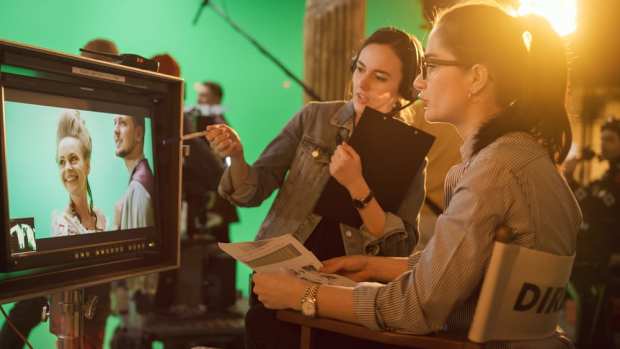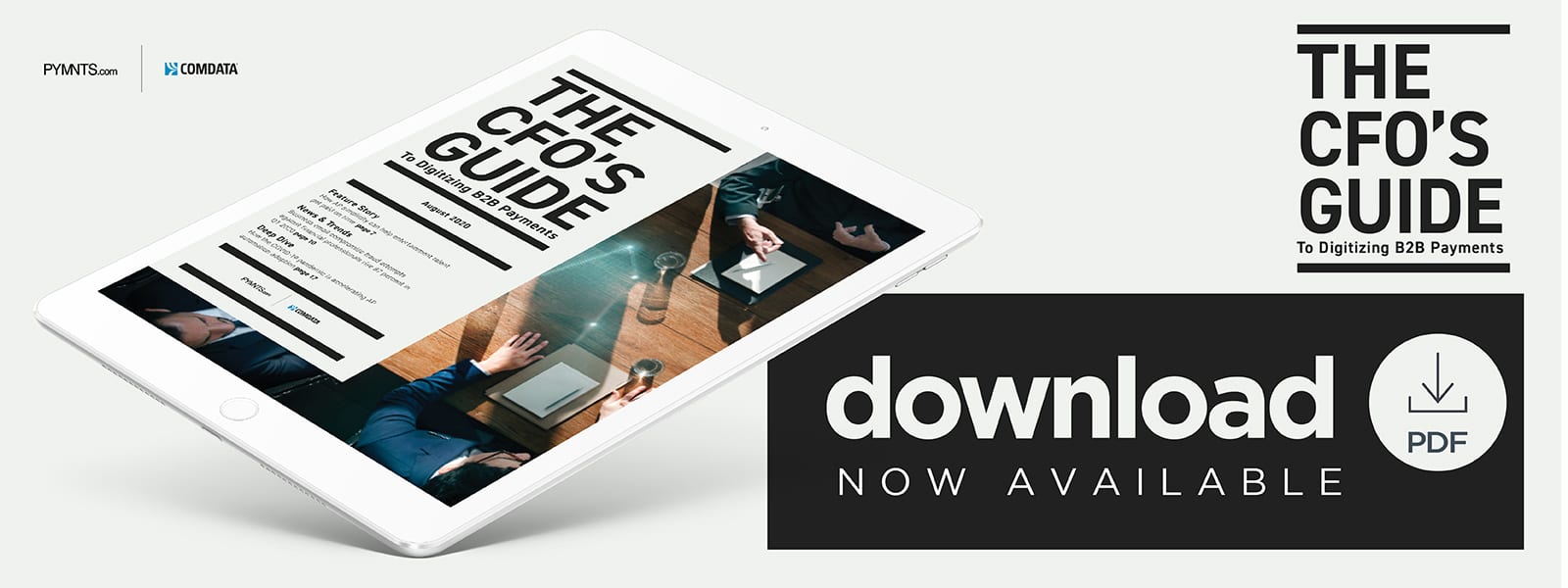How AP Simplicity Can Help Entertainment Talent Get Paid On Time

Many digital publications rely on freelancers to create compelling content. But using manual AP processes to pay these professionals means pay days are measured in months not hours or days, says Ed Klaris, CEO of intellectual property and royalties-focused firm KlarisIP. In the CFO’s Guide To Digitizing B2B Payments, Klaris discusses how digital AP tools take the friction from paying these valuable freelance contributors
The already-sizable online entertainment sector is growing quickly as consumers who are staying at home during the pandemic turn to eMagazines, digital movie rentals and streaming services to stay engaged. U.S. consumers are expected to spend 11.9 percent more of their time each day using digital media this year than last year, for example.
Digital entertainment companies aiming to claim big shares of this extra attention need compelling content — something possible only if they can recruit and retain top creative talent. Keeping actors, photographers, writers and other professionals eager to work with digital media companies requires paying them on time, yet doing so is complicated. Firms must receive and process invoices, calculate often-complicated payment amounts and issue payouts to recipients around the world, explained Ed Klaris, CEO of intellectual property and royalties-focused consulting and managed services firm KlarisIP.
Klaris recently spoke to PYMNTS about the processes involved in providing AP services to media and entertainment companies. He discussed why the pandemic is eroding paper checks’ ability to persist and detailed how robust transaction platforms and straightforward payment contracts can reduce complexities and accelerate payouts.
How AP Software Trims Weeks Off The Payment Timeline
Some media companies need to issue one-off payments to photographers and writers in exchange for individual pieces of content. These funds must be delivered quickly and in the appropriate local currencies once companies have reviewed submitted invoices, confirmed the content’s use and approved payouts, and doing so manually could be cumbersome.
Klaris pointed to one example in which automating the AP process made a huge difference for the company involved. National Geographic approached him in late 2016 to take over what was then a 19-person rights and permissions department that relied on financial staff personally reviewing each received invoice. This process caused serious delays, and the company often took 90 days to issue payments for something as simple as a photographer’s $100 invoice, Klaris said.
“The level of complexity was way too high for those small payments,” he said. “National Geographic had this relatively complicated, manual, difficult process.”
The firm outsourced the department’s work to Klaris, and he shifted to a single software solution that could convert funds into any of 120 currencies. It also enabled payments to be tracked and issued via automated clearing house (ACH), wire disbursement or check.
“All of the effort around tracking payables and making the payments is done through a single dashboard and a single piece of software that just made the entire process so much easier,” Klaris explained. “We’re able to pay [on National Geographic’s behalf] in two weeks now rather than 90 days. We make thousands of payments … all over the world.”
Utilizing AP tools can make operations more nimble, but fully updating processes also requires payees to accept new methods. Klaris said he has been unable to switch all payment flows over to cost-efficient ACH disbursements because many freelance content creators prefer to receive paper checks. This could be due to their reluctance to hand over bank account details or because some may not be set up to receive digital funds, he suggested.
Klaris said there has been a shift away from paper recently, though, as freelancers who are away from their permanent addresses during the pandemic seek alternative payment methods. Many do not want to wait for checks to be forwarded or travel home to collect them — if traveling home is even possible during the current health crisis.
Smoothing Out Complicated Contracts
Manual and paper-based AP processes can cause many difficulties, but even these challenges may seem modest compared to the intricacies finance departments confront when delivering payouts based on net proceeds. Major entertainment companies often pay actors, producers and writers certain percentages of the overall proceeds from the projects in which they participate. AP staff and payees alike therefore do not know what earnings will be until after media companies run complex calculations that measure total revenues minus the costs of distribution, marketing and other expenditures.
“The studios come up with what can sometimes be a definition that runs many pages long about what is ‘net proceeds,’ and only when [the studios] create the formula figuring out how much to pay talent for net proceeds do they get paid,” Klaris said. “If you’re owed 2.5 percent of a producer’s share of net proceeds for first two seasons of this TV show, [for example], you have to figure out what … that is.”
Major media companies often use sophisticated tools to crunch these numbers, but the process’s murkiness still frequently confuses talent, Klaris said. This can lead to disputes that end in costly audits or soured relationships between companies and creatives. He explained that the best fix to these AP hurdles may be low-tech: simply drawing up less-convoluted contracts in which anticipated payment amounts are made clear to all parties involved.
“The industry has gone to a pretty arcane place of complicated net proceeds,” he said. “[It could be better] to help companies enter into payment obligation contracts where the payment is pretty straightforward.”
The entertainment and media space relies on huge volumes of transactions to run smoothly, and ensuring that everyone involved is compensated quickly and appropriately is no small task. Focusing on simplicity and efficiency could be key to ensuring that payments — and content — keep streaming.

